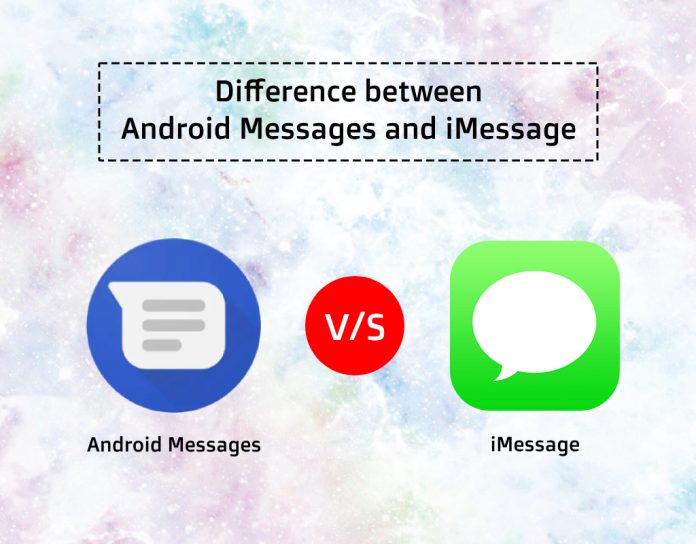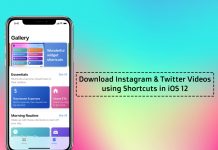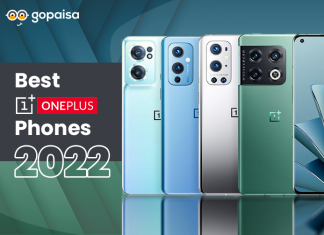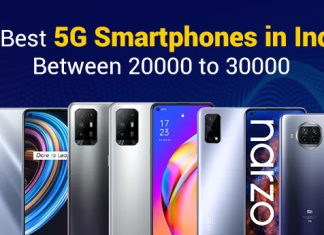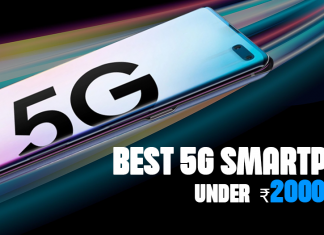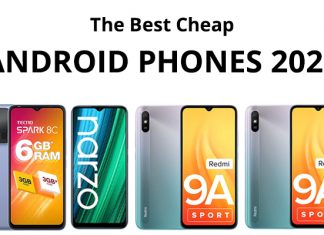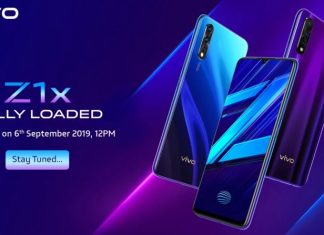Phones usually are meant to be a medium for communication between users. However, down the line, they evolved into becoming smarter thus getting the tag smartphone. Be it gaming, media consumption, social media, clicking pictures, recording videos, everything you are hoping is now a possibility. However, underneath they are still our go-to communication tool be it texting or direct calling.
Given how different Android and iOS are, they both offer different functionality in terms of performance, U.I, APIs, ecosystem and much more. Since we are talking about communication on a smartphone, for the moment let’s keep our focus on texting on a smartphone. While iOS offers iMessage which is Apple’s proprietary service that allows iPhone users to send text messages through the network at free of cost. On the other hand, Android Messages lacks such ability. In this article today, we shall be taking a closer at how different Android Messages and iMessages on iPhone are. Just for the sake of comparison, we are just looking at them as two separate features. Let’s get started.
Note: Since texting and iMessage lie underneath the Message app in iPhone, we are just taking the iMessage into account for the comparison sake.
Here’s how Android Messages and iMessages Differ
Android Messages:

Text messaging on Android is usually done through the carrier. Meaning, you will be charged for the SMS message you send to your friend or family. This is the typical ‘Short Message Service’ we are used to seeing over the years with 160-character limit. It can only contain text. However, there is MMS where you have the ability to sending photos, longer text messages, and other content. As mentioned above, this will be through the carrier and you need to buy a messaging pack or recharge your phone number to send.
Unlike iMessage, Android Message doesn’t require the other party to have Android Message installed on their phone. OEM’s can have their own version messaging service and yet receive messages sent through Android Message. There is also a web-version of Android Message, which gives users the ability to send, view, messages right from the desktop. All you have to do is just sync both Android and the web version. As mentioned above, even if you don’t have a proper internet connection, you can still send messages. The app is free to use and comes pre-installed on most Android messages, but if your smartphone doesn’t have one, you can install it from PlayStore. Those who are into privacy, you don’t have anything to worry as it doesn’t store any information other than the phone number which is required to send messages.
Android Messages, thanks to the dual SIM support is capable of having multiple accounts. Android Messages supports Emojis, images, stickers, and voice notes, in SMS you can only send simple texts and Emojis. You can also send messages to multiple people from the same thread in Android Messages and get individual replies. It doesn’t show any ads and it is a good thing.
iMessage:
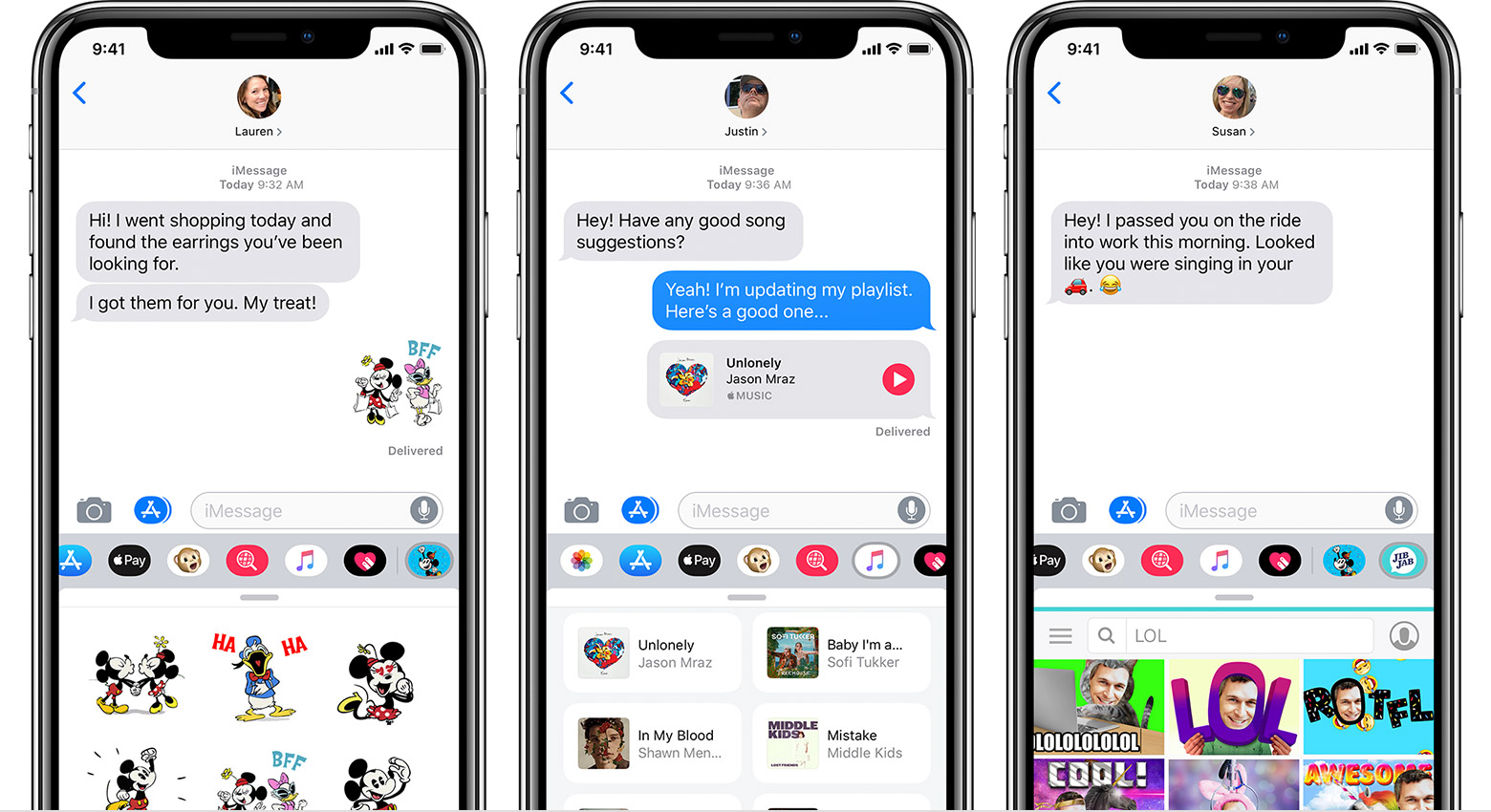
Apple’s flagship product and a huge selling point; the iMessage is an impressive inclusion to iPhones. To use the service, all you need to have is a working internet connection as it delivers the message through a network, unlike Android Message. However, the recipient needs to have an iPhone/iPad/Mac’s too for the iMessage feature to work. Apart from a text message, iMessage supports sending photos, videos, files, locations, and much more. Since it works through your data plan, it might consume a huge chunk of data thanks to fun new Animoji and Memoji features which mimics your facial expression to spice up your chatting experience.
As you would expect, iMessage is faster than SMS or MMS and this is a huge advantage. You don’t need to have a messaging pack or recharge your phone number to send iMessages. There is also a web version, but it is also available for MacBook’s and only works on them. Unlike Android Messages, iMessage only supports a single profile and can send/receive from the same number. Text Messages have a character limit, iMessages do not and this can be a big advantage if you want to type long messages.
Conclusion: As you can see, both Android Messages and iMessages are entirely different. One uses Carrier and the other relies on the internet. If you have a properly functioning WiFi, and closely linked to Apple ecosystem, the iMessage feature saves a lot of bucks which the Android Message burns. Since they use a completely different platform, it comes down to personal choice in choosing one between the two. We really feel the ability to express yourself with the help of images, videos, stickers, facial expressions and more on the iMessage a bit better than the typical text messages. However, you need to be in the connected Apple ecosystem to take advantage of the feature which not all can afford do if they are into Apple. So, these were the major differences between Android Message and iMessage. If rumours are true, Google is said to be working on implementing the iMessage like functionality very soon, so we have something to look forward to.

